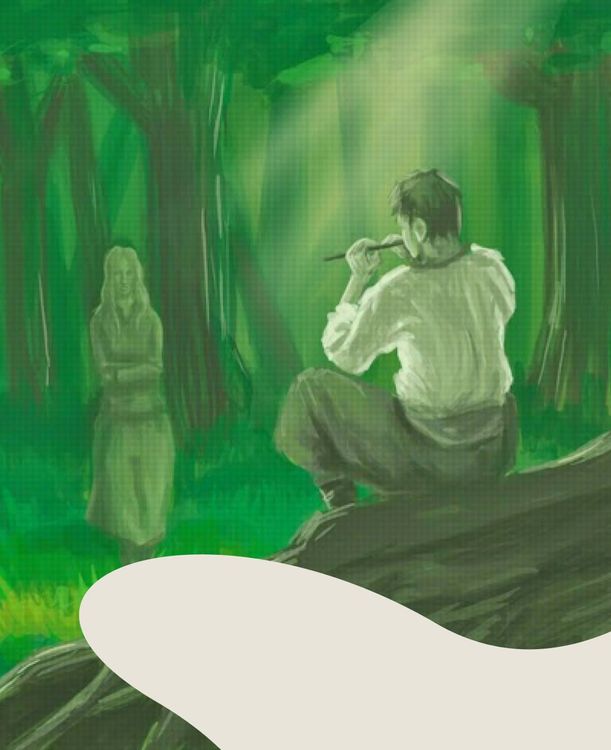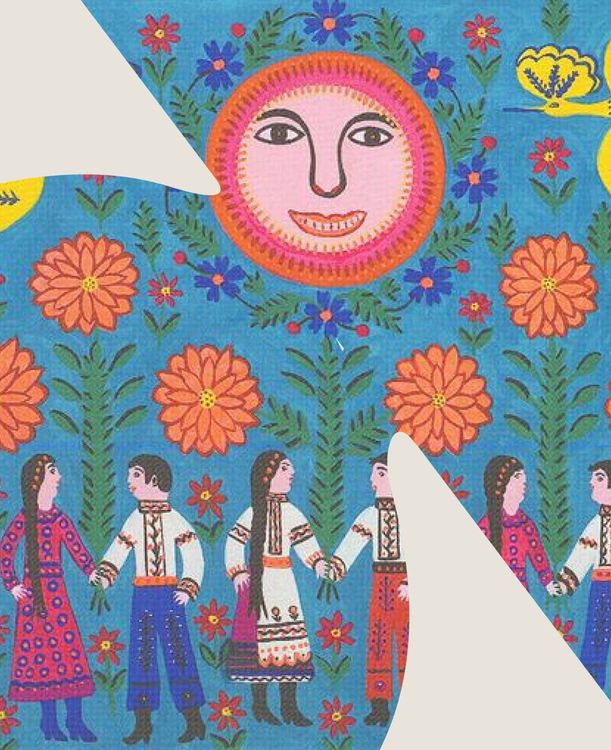“Yak umru to pokhovaite...” (When I am dead, bury me...)

The manifesto written by prophetic poet Taras Shevchenko, aimed at inspiring Ukrainians to fight against an unjust social order and build a free and independent state.
1845
Fonts:
Rock Star (Bold)
Designer:
The poem, composed on December 25, 1845, in Pereyaslav, became a renowned message to the Ukrainian people. At that time, Taras Shevchenko was seriously ill and contemplated his last days. Thankfully, his strong constitution triumphed over the illness, but this very poem became a guiding light for Ukrainians.
When I am dead, bury me
In my beloved Ukraine,
My tomb upon a grave mound high
Amid the spreading plain.
During that time, Taras Shevchenko worked in the Kyiv Archaeographic Commission. He traveled to Ukrainian villages and towns, making drawings of unique architectural structures, churches, monasteries, historical landmarks, and collecting various folklore and ethnographic materials.
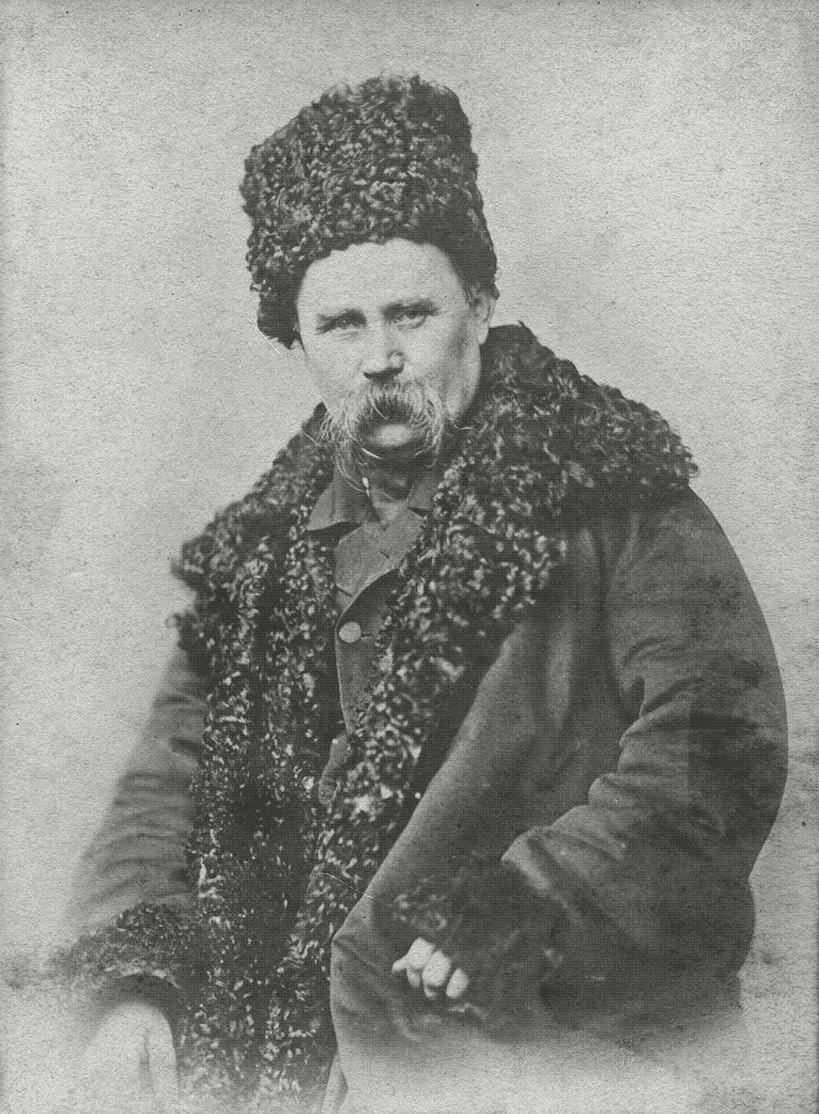
While in the village of Viunyshche, the poet fell ill. The doctor, Andriy Kozachkovsky, who happened to be his friend and a member of the Commission, got to know about Shevchenko’s illness and transported him to his home in Pereyaslav. Day by day, the poet’s condition worsened, eventually culminating in a severe case of bilateral pneumonia. The illness was so serious that Shevchenko was already bidding farewell to life.
It was on his deathbed, as Taras Shevchenko then believed, that the legendary Zapovit (Testament) was written — a work later translated into hundreds of languages. The writer managed to overcome the illness and, within a few weeks, set out for Chernihiv region, following a task assigned by the Archaeographic Commission.
Initially, the manuscript had no title. The publishers named the work Zapovit several years later. In various lists and editions, the poem had different titles, such as Zavishchanie (Russian word for “testament”), Dumka (“Thought”), and Ostannia volia (“Last Will”). The title Zapovit became firmly associated with the verse since 1867. From the late 1860s, attempts were made to set the work to music. In 1868, during the Shevchenko celebrations in Lviv, Mykola Lysenko and Mykhailo Verbytsky wrote their own musical variations for the piece.
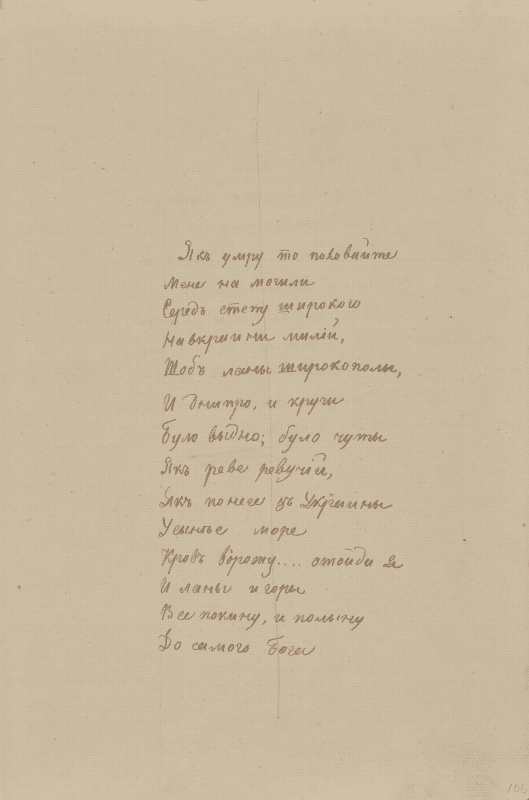
But what message was Taras Shevchenko sending with this famous poem? In fact, the piece reflects the author’s most heartfelt desires — the longing for the freedom of the Ukrainian people. The poet exposed the social evils he first heard of and later witnessed with his own eyes between 1843 and 1845. He held a firm belief that the people rising in revolt would shatter the chains of slavery and forge an independent Ukrainian society.
Reading one of Shevchenko’s most famous works, one start to understand how the poet felt about his homeland, how he cared for it, and how he hoped for a brighter future. He not only shared his own dreams about the future but also urged the Ukrainian people to fight: “And water with the tyrants’ blood the freedom you have gained.”
Zapovit also became a beacon of hope, envisioning freedom arriving “When from Ukraine the Dnipro bears into the deep blue sea the blood of foes...”
Fonts:
Rock Star (Bold)
Details:
“Yak umru to pokhovaite...” (When I am dead, bury me...)
Designer:
About font:
Next letter and event
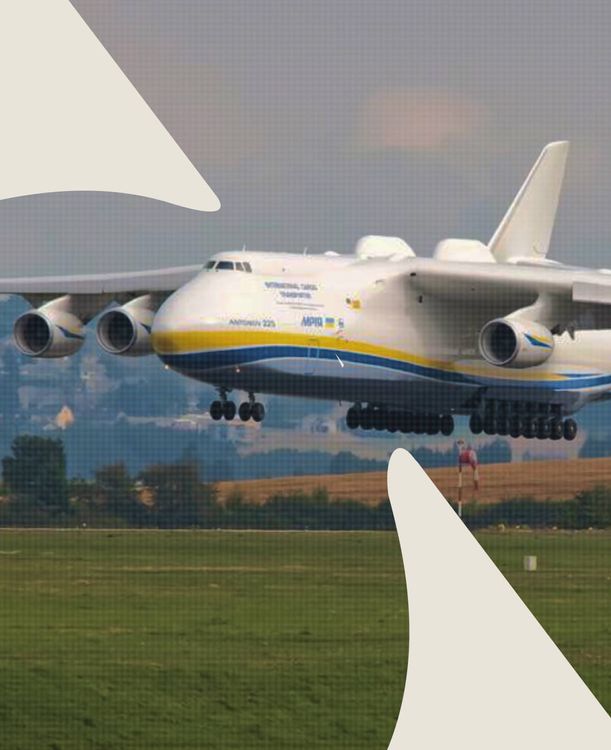
“Yak umru to pokhovaite...” (When I am dead, bury me...)
this project
in social
“Shchedryk” (The Little Swallow)

“Smilyvi zavzhdy maiut shchastia” (“The brave always have happiness”)

Yrii (/'irij/: iriy), yndyk (/in'dik/: turkey) and yrod (/'irod/: Herod)

Holodomor

Zaporizka Sich (The Zaporizhian Host)


Falz-Fein and his “Askania Nova”

Zaporizka Sich (The Zaporizhian Host)

“Yoi, nai bude!” (Ah, let it be!)

Budynok “Slovo” (The Slovo Building, or "The Word")
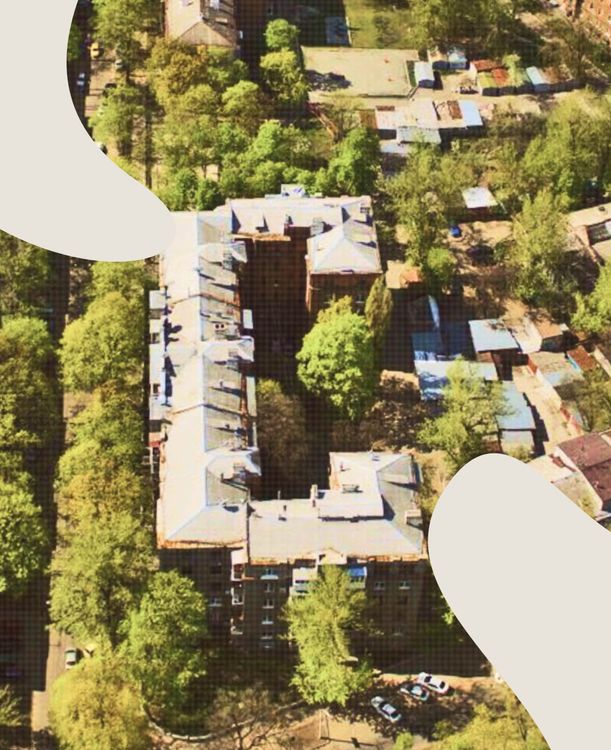
Peresopnytske Yevanheliie (The Peresopnytsia Gospel)

Zaporizka Sich (The Zaporizhian Host)

Georgiy Gongadze

Holodomor


Falz-Fein and his “Askania Nova”

Yuzivka

Creative & Tech Online Institute
Медіа про дизайн, креатив і тех індустрії

Ukrainski sichovi striltsi (The Ukrainian Sich Riflemen, or the USS)

Antonov AN-225 Mriya ("The Dream")

“Yoi, nai bude!” (Ah, let it be!)

Crimean Tatars, Karaites and Krymchaks (qırımlılar, qaraylar)

Peresopnytske Yevanheliie (The Peresopnytsia Gospel)

Holodomor


The Trident of Volodymyr the Great

1991 Ukrainian Independence Referendum

Peresopnytske Yevanheliie (The Peresopnytsia Gospel)

Ivan Franko

Peresopnytske Yevanheliie (The Peresopnytsia Gospel)


Zhyvyi lantsiuh (Human chain for the 71st anniversary of the Act Zluky)

Holodomor

Antonov AN-225 Mriya ("The Dream")

Yuzivka




